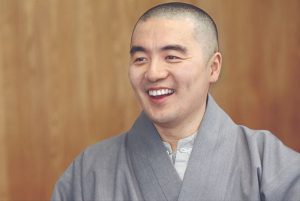A saffron-clad Buddhist monk is one of the most common sights in Sri Lanka, where the doctrine of the Buddha has been venerated for over 2,000 years. During the early 1980s, however, a different type of monk could often be seen walking the island’s streets. Foreigners, they carried a flat-faced drum in one hand and a stick in the other, which they used to beat the drum as they went along. And while they also wore saffron robes, these were different in style. Thus, the curious general public slowly became aware of a school of Buddhism that had been absent in Sri Lanka since the period of the Anuradhapura kingdom (377 BCE–1017 CE). Its existence came as something of a revelation. Eventually, people learned that the foreigners were Mahayana Buddhist monks, and that they had come to Sri Lanka from Japan.
The Anuradhapura period, when the Mahayana tradition commenced in Sri Lanka, saw some of the greatest Sri Lankan kings, along with the emergence of some of the foremost archaeological structures to be built in ancient Ceylon. The era saw the dawn of the two great schools of Buddhism in Sri Lanka: the Mahavihara and the Abhayagiriya, named after the respective monasteries where they flourished. It is well known that while the Mahavihara became the epicenter of the Theravada tradition, the Abhayagiriya Vihara eventually became the home of the Mahayana, or more accurately, an offshoot known as Vaitulyawada. In 410, the Chinese Buddhist monk Faxian (337–422), who traveled on foot to Sri Lanka, noted in his travelogue that the pro-Mahayana Abhayagiriya Vihara housed as many as over 5,000 monks (Beal 1869, 151). This clearly shows that, while the great Sri Lankan chronicle, the Mahavamsa, downplays the significance of the Mahayana tradition in Sri Lanka, it was in fact a well-accepted school of Buddhism, and one which also attracted royal patronage.
The Abhayagiriya Vihara was founded by King Vattagamini (r. 89–77 BCE) during a time in which Theravada popularity was at its height. It is generally accepted that the Mahayana was brought to Sri Lanka soon after it was made popular in the Indian subcontinent by Nagarjuna in the 2nd century. However, the arrival of the Mahayana tradition did not stand favorably with the orthodox practice of Buddhism that had existed on the island since Venerable Mahinda arrived there from India in the 3rd century BCE. By the 9th century, during the reign of King Sena I (846–66), Vajrayana had also been introduced to Sri Lanka from eastern India, perhaps through the goodwill of the Abhayagiriya Vihara monks. Although both were important for the successful establishment of Buddhism in Sri Lanka, the Mahavamsa omits the activities of the Vajrayana and Mahayana schools to a great extent, while recording almost all the important activities relating to the orthodox Theravada tradition. Nor does the Mahavamsa make mention of the existence, much less the construction, of such colossal archaeological sites as the Mahayana temple Buduruwagala in the south, which features seven giant statues of bodhisattvas.
The Mahayana and Vajrayana schools of Buddhism enjoyed only a relatively brief existence in Sri Lanka. As the royal patronage and power of the Mahavihara increased, eventually the unorthodoxy was brought to a halt. Writing in the 13th century, Jayabahu Dharmakirti states in his Nikayasamgrahaya (Collection of writings on the books of the doctrine) that the acceptance of Vajrayana by King Sena I was like a “grasshopper reaching the flame thinking it is gold unaware of its danger” (Fernando 1908, 22). It is easy to understand the condemnation of the Mahayana and Vajrayana traditions in what was otherwise a largely orthodox Theravada nation.
Venerable Swarna of Nepal has been a resident student monk in Sri Lanka for over eight years. Well versed in the Buddhist doctrine, fluent in eight languages, and with a degree in psychology, he has some interesting insights into the current practice of Buddhism on the island. “There are so many characteristics of Vajrayana and Mahayana intermixed into the Theravada practices of Sri Lanka,” he told this author. “Hewisi [the daily adoration of the Buddha using drums and horns] is specifically a Mahayana tradition. The inclusion of bodhisattva worship and their statues in temples is also a tradition that belongs to Mahayana, while we can also connect it to the worship of the 24 past Buddhas as well as the future Buddhas. We also have the practice of chanting mantras, which has a definite relationship with the Vajrayana practices of Tibet. I would like to state that, while the practice of the Theravada Vinaya [monastic discipline] is strong, the Mahayana Vinaya practice is more strenuous and applied, contrary to the belief of the Theravadins.”
While a minority of Theravada Buddhist monks like Ven. Swarna have an understanding of Mahayana, most seem to be against its existence in Sri Lanka, in any form. On 25 September 2011, violent protests erupted at a Mahayana temple belonging to the Nichiren Shoshu sect in Colombo, with over 100 Sri Lankan Theravada monks attacking it and refusing to let the practitioners leave. “The Buddhist monks forcibly entered the premises shouting out that we stop our prayer session. The monks said we should only have Theravada Buddhism in Sri Lanka and not Mahayana,” said one worshipper, according to a report in the Tamil Guardian. Another practitioner who visited the temple on the day reported that it took police nearly four hours to rescue the practitioners from the custody of the Theravada monks.
While such incidents have occurred in history, there are still a few Mahayana temples and prayer groups operating throughout the country. HBS, or Honmon Butsuryu-shu, temple in Colombo has its roots in Nichiren Buddhism. Its chief prelate, Sri Lankan-born Ven. Dileepa Ryojun, smiled calmly when I asked him about their practice in Sri Lanka. “Initially, we also received a lot of resistance,” he revealed. “Yet, once a chief Theravada monk of a local temple invited me to visit him. After the meeting he understood that we pose no threat to Theravada Buddhism. Now we are very friendly with each other.” Ven. Dileepa disclosed that his temple has a membership of over 700 families spread across the island. “People are very enthusiastic about learning our system of practice. We offer ‘primordial pure Buddhism’ and practices which create vibrant energy for the practitioner, which would help his spiritual well-being. We have a spacious, newly constructed temple where people are free to visit, practice, and change their lives in a positive way.”
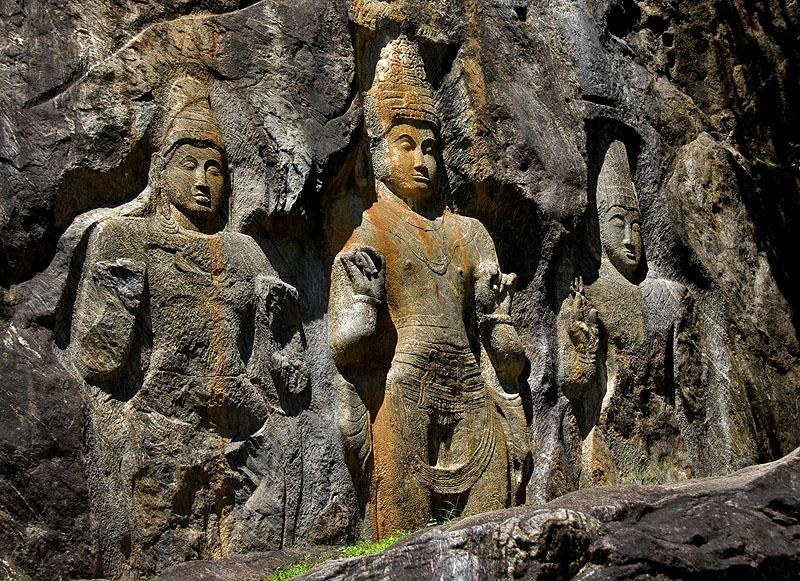
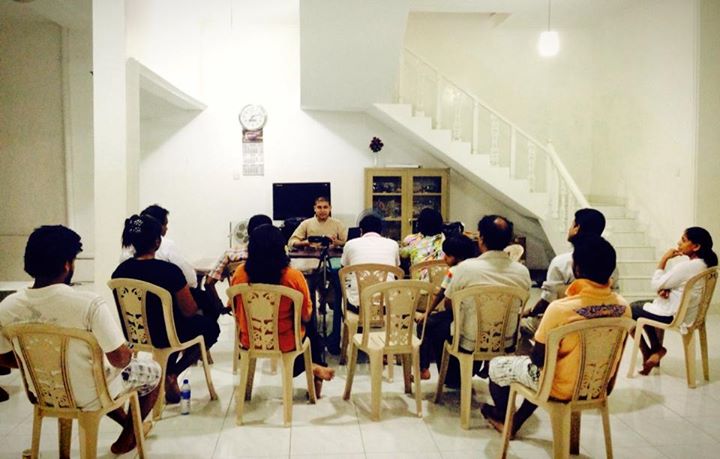
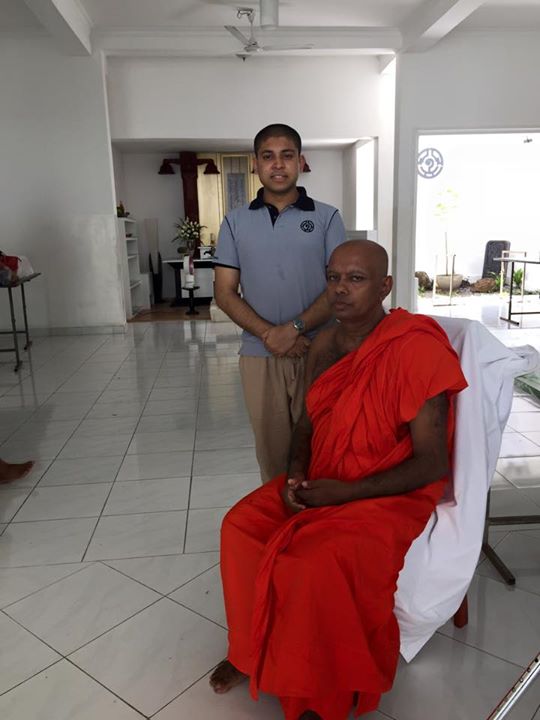
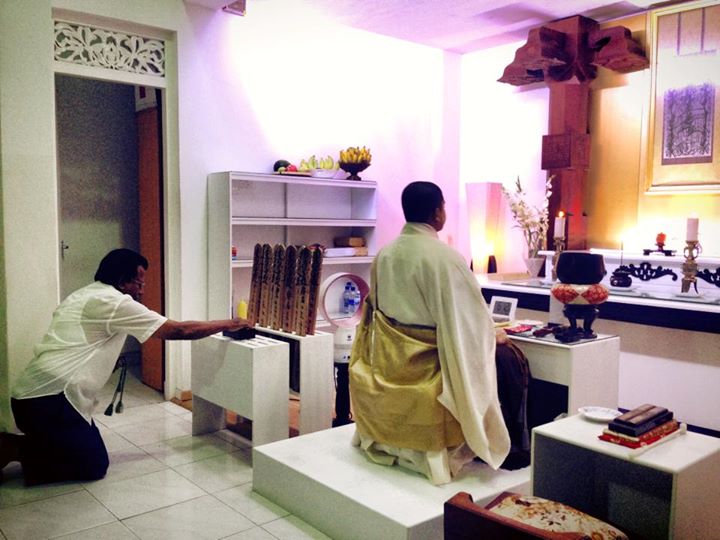
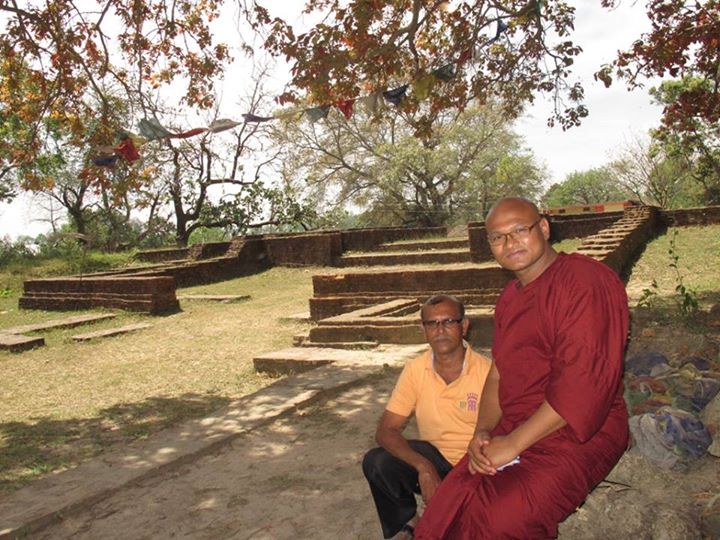
Past records indicate that Sri Lanka has long favored orthodoxy in many aspects of life. Even today, we are known to be very traditional and resistant to change. But however much we value such attributes, they have not paved the way for society to change for the better. The present is as much divided as the past, the result being that our chances for peace, prosperity, and harmony are minimized. It is not the way of the Theravada that will give Sri Lanka what it needs—but we cannot say that Mahayana or Vajrayana will bring it forth, either. It is not the name of the tradition that will save the nation, but rather how well the practitioners of the various traditions conduct their spiritual life. As things currently stand, Sri Lanka is very far from achieving such spiritual equilibrium or freedom.
For more information, see:
Buduruwagala Sculptures
Sinhala Buddhist monks attack Japanese Buddhist temple (Tamil Guardian)
Mahayana Temple devotees paid Rs.10 million
The spread of heterdox Buddhism in Sri Lanka
Marking 1600th anniversary of Fa-hsian’s visit
References
Beal, S., trans. 1867. Travels of Fah-hian and Sung-yun, Buddhist pilgrims from China to India (400 A.D. and 518 A.D.). London: Trübner.
Rangama Chandawimala Thero. The Impact of the the Abhayagiri Practices on the Development of Theravada Buddhism in Sri Lanka. (PhD dissertation, The University of Hong Kong, 2007). sangham.net/index.php?action=tpmod;dl=get19.
Fernando, C. M., trans. 1908. Nikayasamgrahaya: being a history of Buddhism in India and Ceylon. Colombo: H. C. Cottle Government Printer.
Gunawardena, R. A. L. H. 1979. Robe and Plough: Monasticism and Economic Interest in Early Medieval Sri Lanka. Monographs of the Association for Asian Studies, no. 35. University of Arizona Press.


